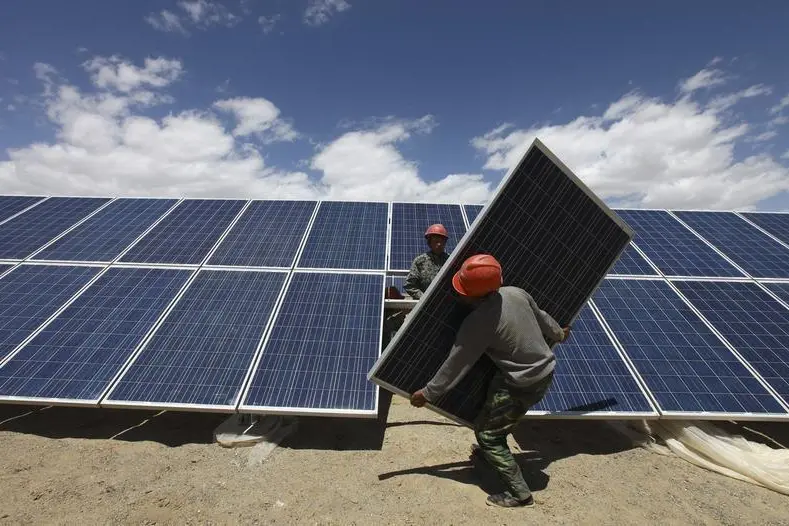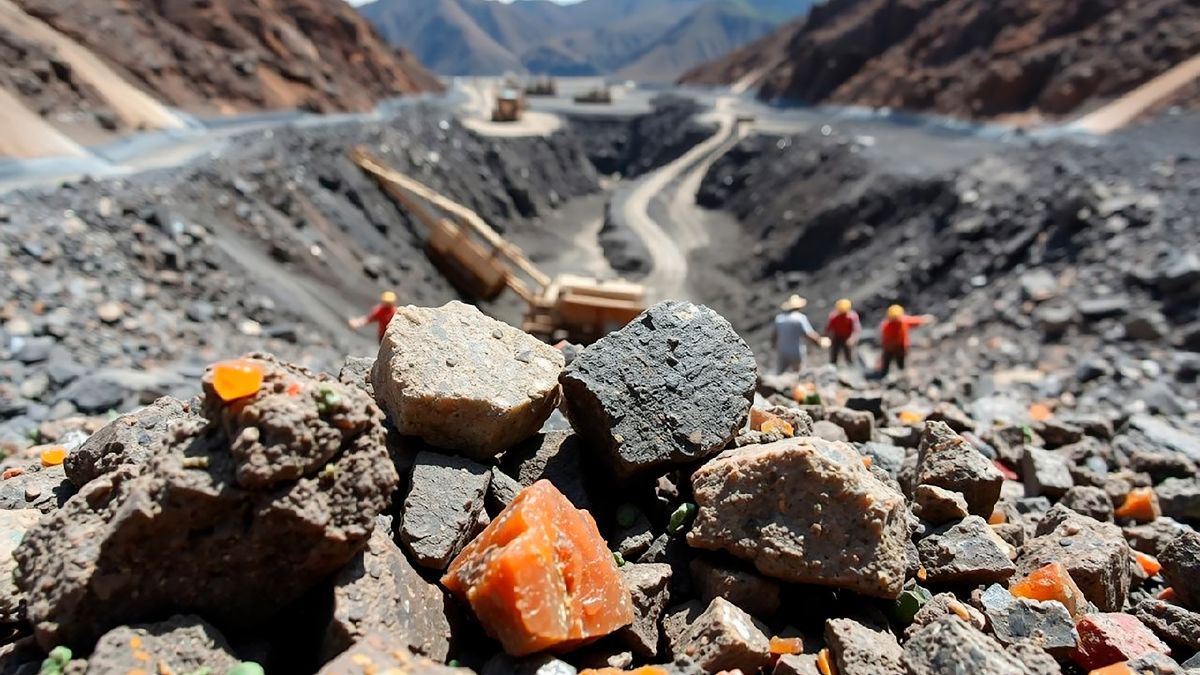.png)
Morocco Secures US Backing for $800M High Purity Polysilicon Plant: A Strategic Move to Reshape Global Supply Chains

Morocco Expands Solar Infrastructure with Two New Power Stations in Khouribga

Chile's Leap Towards Sustainable Energy: Launching Latin America's Largest Energy Storage Facility
In a landmark achievement for renewable energy, Chile recently celebrated the inauguration of Latin America's largest energy storage facility, the Gran Teno photovoltaic plant. Located in the Maule region, about 180 kilometers south of Santiago, this ambitious project not only reflects Chile's dedication to a greener future but also signifies a major step in the country's decarbonisation plan. President Gabriel Boric, who presided over the ceremony, underscored the significance of this project in advancing the nation towards cleaner and more sustainable energy practices.
Overview of Gran Teno
The Gran Teno plant, covering a large area in the Maule region, showcases an impressive setup of 367,200 solar panels, making it not only the largest facility in southern Chile but also a remarkable installation on the South American continent. With a total installed capacity of 241 megawatts (MW), the facility is set to provide green energy to approximately 136,000 homes, benefiting over 70,000 families in the region. This large-scale undertaking is expected to prevent the emission of more than 147,000 tons of carbon dioxide (CO2) annually, marking a significant contribution to Chile’s environmental goals.
The Role of Grenergy
Developed by the Spanish company Grenergy Renovables, the project represents a substantial investment in Chile’s renewable energy sector. David Ruiz de Andrés, CEO of Grenergy, highlighted that the company has already invested over $700 million in Chile, with plans to inject an additional $1.4 billion for future projects, including the ambitious Oasis de Atacama. This upcoming project is positioned to become the world’s largest energy storage facility, promising 4.1 GWh of green energy storage and nearly 1 GW of solar power, further securing Chile's status as a leader in renewable energy.
Government and Private Sector Collaboration
President Boric emphasized the collaborative effort required to advance such large projects, involving both public and private sectors, as well as local and national authorities. The successful completion of the Gran Teno plant, achieved in just about 10 months, illustrates the effective partnership between government bodies and private companies like Grenergy. This cooperation is crucial for overcoming challenges and speeding up project timelines, particularly in a sector as complex and critical as renewable energy.
Economic and Environmental Impact
The Gran Teno plant not only boosts Chile’s renewable energy output but also plays a crucial role in the regional economy of the Maule. The project provides clean, low-cost energy, which is essential for sustainable economic development. Minister of Economy, Nicolás Grau, pointed out that the government’s main goal for the year is to accelerate investments like these, to replicate and scale up similar projects throughout the country.
Chile’s Renewable Energy Landscape
Chile has made significant strides in renewable energy, with solar and wind energy generation surpassing coal for the first time in history in September 2022. By January of this year, renewable energy accounted for 42.6% of the country's electricity generation, a substantial increase from the previous year. These milestones underscore Chile's commitment to a sustainable energy transition and its role as a renewable energy leader not just in Latin America but globally.
Looking Ahead
The inauguration of the Gran Teno plant is more than just a celebration of a new facility; it symbolizes Chile's broader commitment to environmental care and sustainable development. With projects like Oasis de Atacama on the horizon, Chile is not just investing in renewable energy; it is setting the stage for a future where green energy is the norm, not the exception.
The story of Gran Teno is a clear indication that renewable energy projects can be executed swiftly and effectively, provided there is solid cooperation among all stakeholders involved. As Chile continues to lead by example, its journey offers valuable lessons on the integration of economic, environmental, and societal goals for a sustainable future. This approach not only enhances the nation's energy security but also contributes to a global blueprint for clean energy transitions, making Chile a model of hope and innovation in the renewable energy landscape.
.png)

